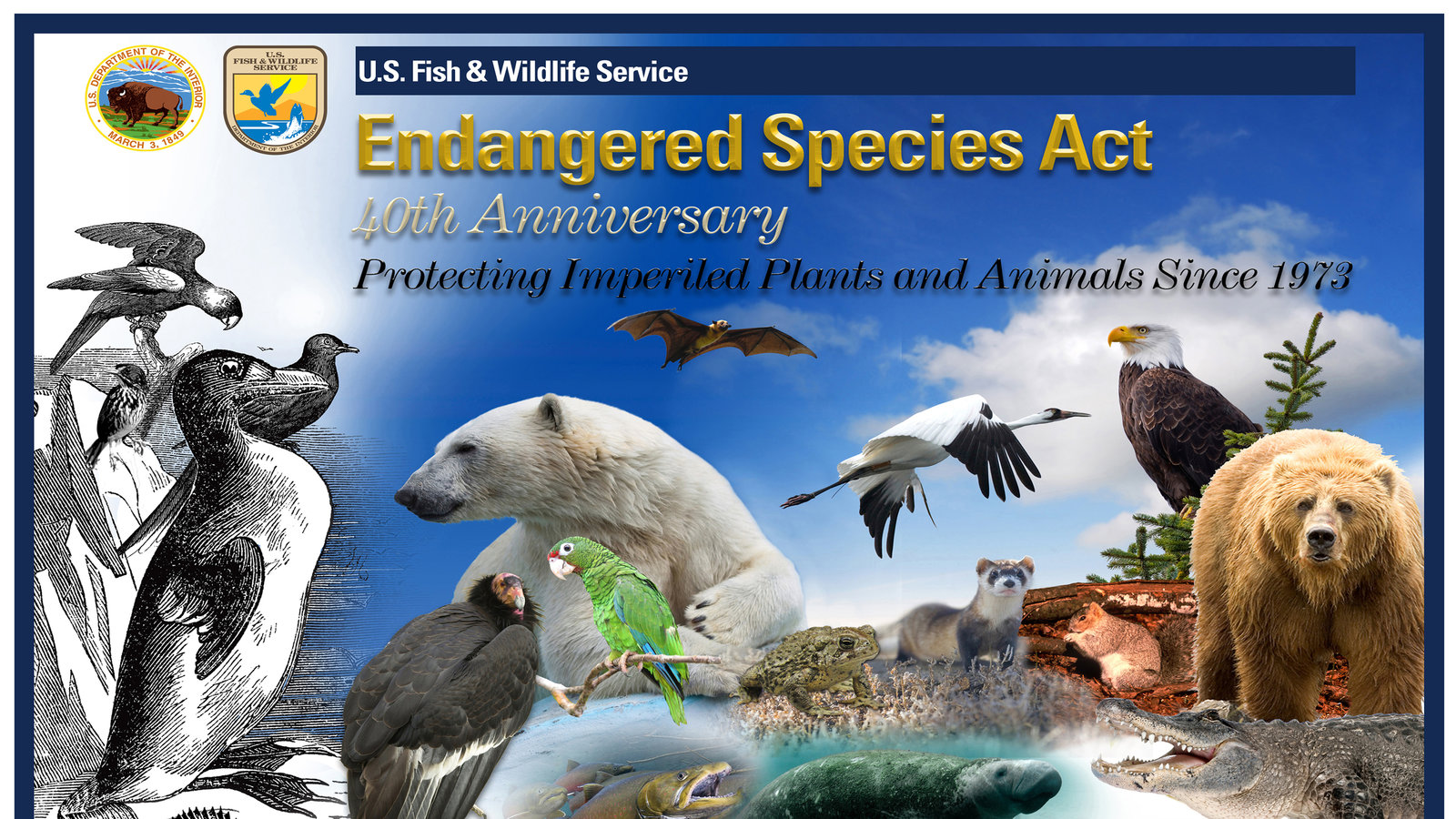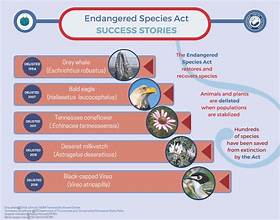
Introduction
Global wildlife protection initiatives have gained substantial momentum over recent decades, driven by an increasing awareness of the urgent need to preserve our planet’s biodiversity. These efforts encompass various strategies, including legal protections, habitat conservation, and anti-poaching campaigns. This article explores the impact of these initiatives on endangered species, highlighting notable success stories while also addressing the challenges that lie ahead.
Success Stories
- The Recovery of the Giant Panda
The giant panda, once on the brink of extinction, stands as a testament to the effectiveness of global wildlife protection efforts. In the early 1980s, the population of giant pandas was critically low, with fewer than 1,000 individuals in the wild. However, the Chinese government, supported by international organizations such as the World Wildlife Fund (WWF), implemented a comprehensive conservation strategy. This included establishing panda reserves, enforcing anti-poaching laws, and promoting sustainable land use practices.
These efforts have resulted in a significant rebound in panda numbers. As of 2023, the population in the wild is estimated to be over 1,800 individuals. The giant panda’s recovery underscores the potential for targeted conservation measures to reverse the decline of endangered species.
- The Revival of the Black-Footed Ferret
The black-footed ferret, native to North America, faced near extinction in the 1980s, with fewer than 20 individuals remaining in the wild. The recovery of this species is largely attributed to a successful captive breeding program. The U.S. Fish and Wildlife Service, along with several conservation organizations, initiated a breeding program in the early 1990s, which has since reintroduced thousands of ferrets into their natural habitat.
By 2023, the population of black-footed ferrets has grown to over 600 individuals in the wild. This success demonstrates the importance of captive breeding and reintroduction programs in saving species from extinction.
- The Protection of Sea Turtles
Sea turtles, facing threats from habitat loss, poaching, and climate change, have benefited significantly from international conservation efforts. Initiatives such as the Global Sea Turtle Conservation Program have focused on protecting nesting sites, reducing bycatch in fisheries, and enforcing anti-poaching laws.
One notable success is the recovery of the leatherback sea turtle population in the Pacific Ocean. Through coordinated international efforts and community engagement, the nesting sites of leatherback turtles have seen a resurgence, with increased nesting rates reported in several regions.
Future Challenges
Despite these successes, numerous challenges remain in the global effort to protect endangered species. Addressing these challenges is crucial to ensuring that conservation gains are not lost.
- Climate Change

Climate change poses a significant threat to wildlife worldwide. Rising temperatures, changing precipitation patterns, and sea-level rise impact habitats and food sources, making it difficult for many species to adapt. For instance, polar bears, which rely on sea ice for hunting seals, are facing declining ice cover, which threatens their survival.
Conservation strategies must incorporate climate adaptation measures, such as protecting and restoring critical habitats and developing strategies to mitigate the impacts of climate change on vulnerable species.
- Habitat Loss and Fragmentation
Habitat loss due to deforestation, urbanization, and agricultural expansion remains a major challenge for wildlife conservation. As natural habitats are destroyed or fragmented, species face increased competition for resources and diminished breeding grounds.
To address habitat loss, it is essential to implement and enforce land-use policies that prioritize conservation, expand protected areas, and promote sustainable development practices. Additionally, creating wildlife corridors can help connect fragmented habitats, allowing species to migrate and find resources.
- Illegal Wildlife Trade
The illegal wildlife trade is a significant driver of species decline. Poaching and trafficking of wildlife and their parts continue to threaten numerous species, from elephants and rhinos to tigers and pangolins.
Combating illegal wildlife trade requires robust law enforcement, international cooperation, and public awareness campaigns. Strengthening legal frameworks, increasing penalties for traffickers, and supporting local communities in conservation efforts are critical components of addressing this issue.
- Funding and Resource Allocation
Sustaining conservation efforts requires adequate funding and resources. Many wildlife protection initiatives struggle with limited budgets and insufficient support.
Securing funding through government grants, private donations, and international aid is crucial for maintaining and expanding conservation programs. Additionally, fostering partnerships between governments, non-governmental organizations, and local communities can enhance resource mobilization and ensure effective implementation of conservation strategies.
Conclusion
Global wildlife protection initiatives have achieved notable successes, exemplified by the recovery of species such as the giant panda and black-footed ferret. However, challenges such as climate change, habitat loss, illegal wildlife trade, and funding constraints continue to pose significant threats. Addressing these challenges requires a concerted global effort, incorporating innovative strategies, international collaboration, and robust policy frameworks.










